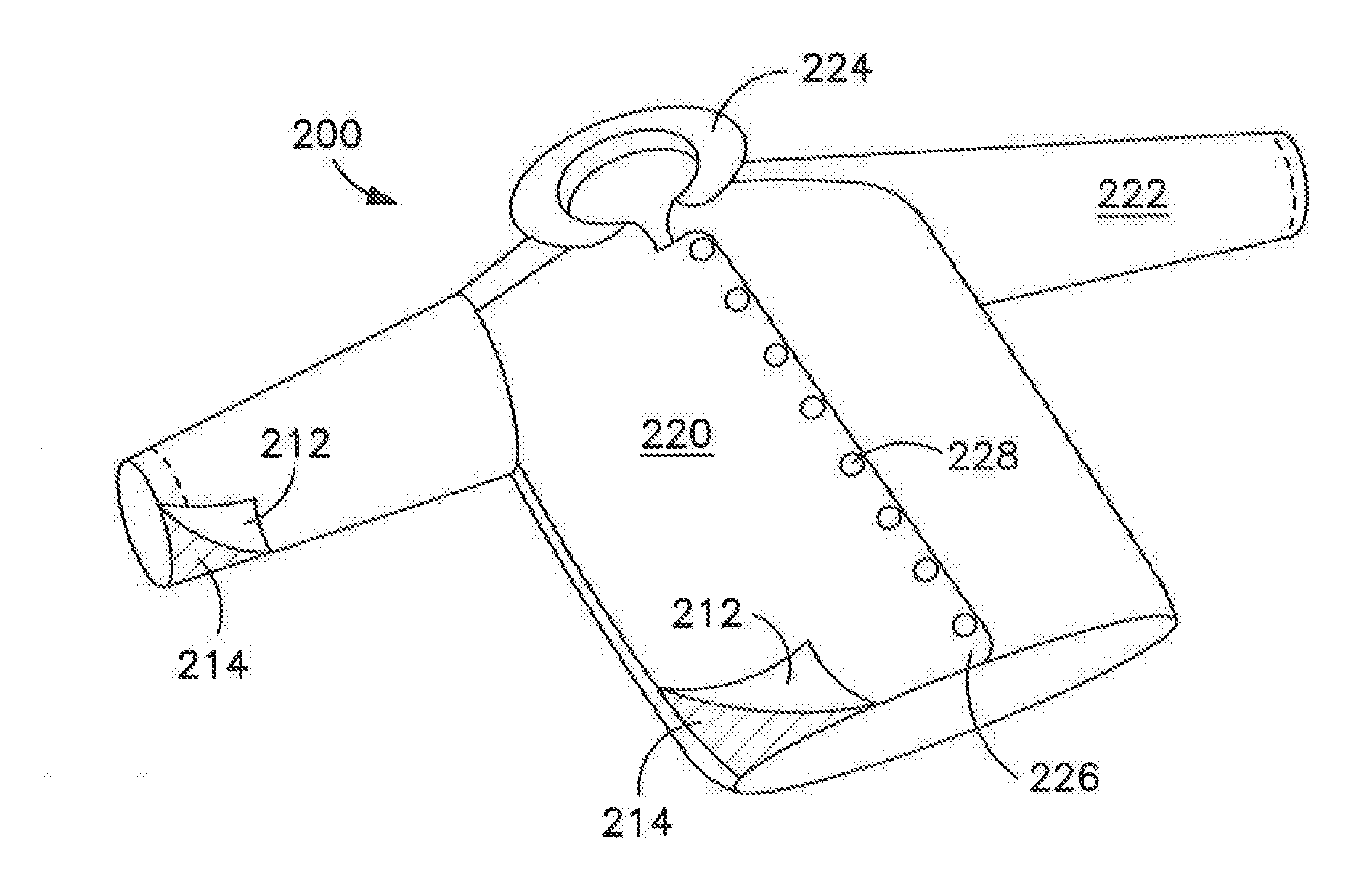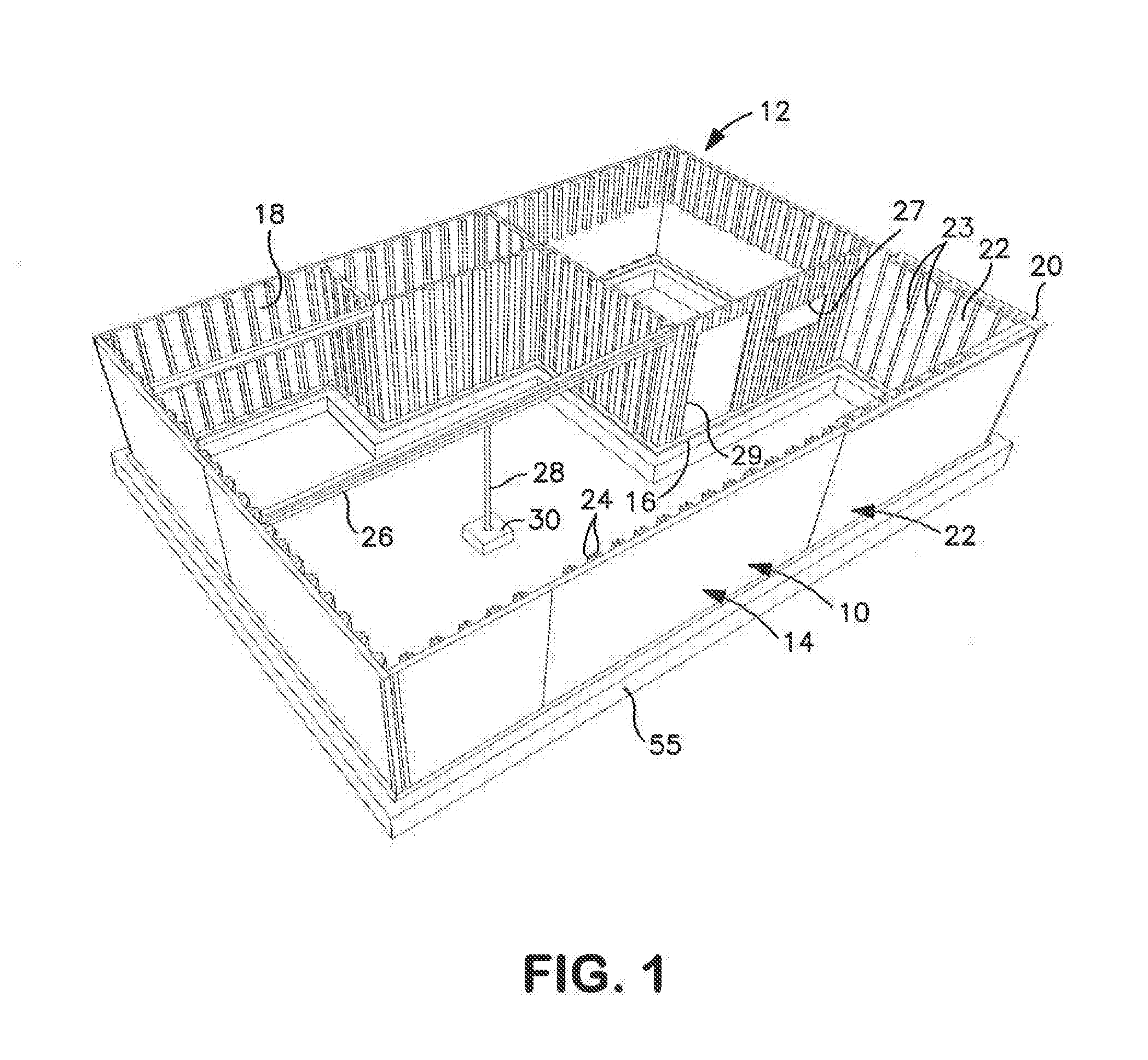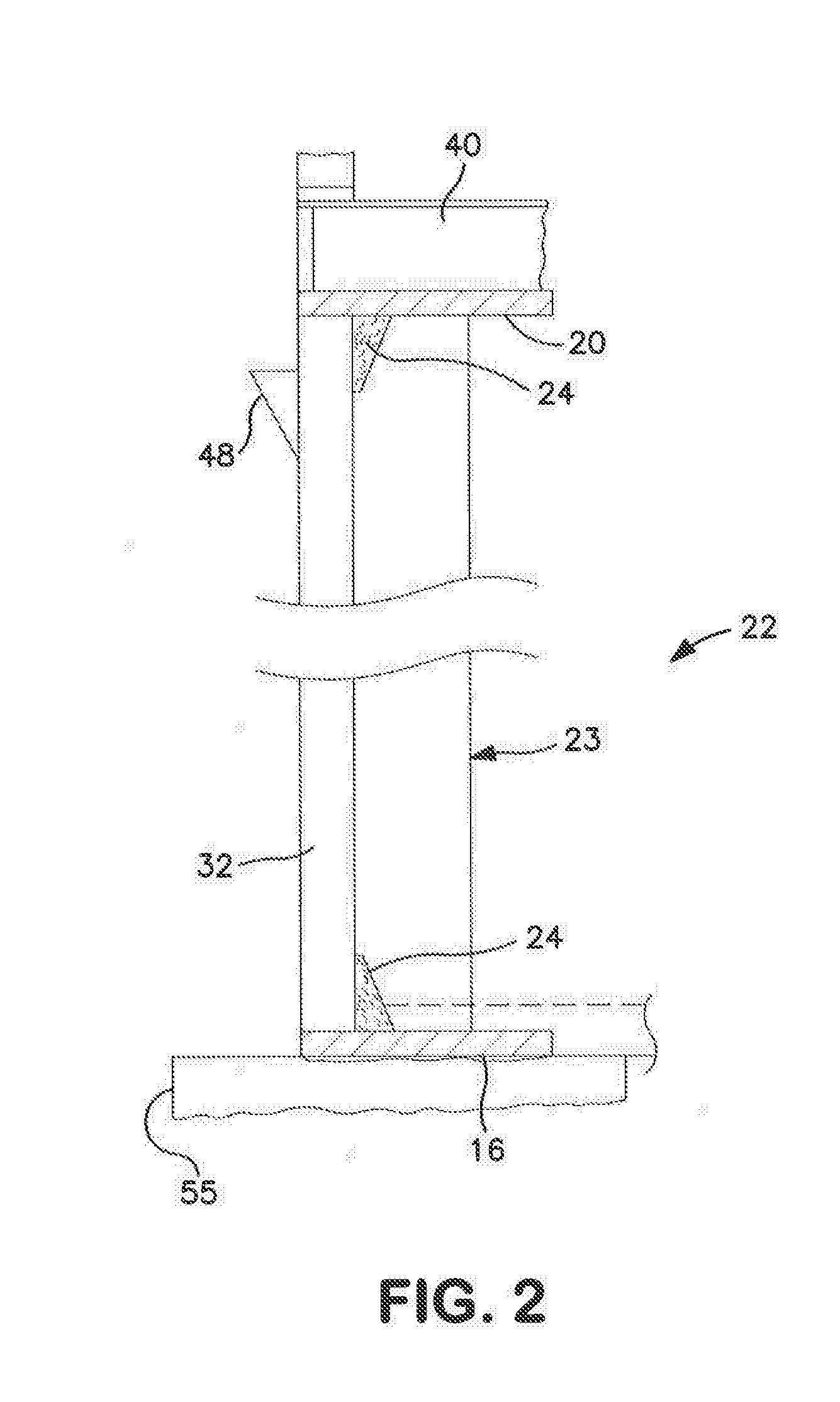Polymeric Material for Use in Thermal Insulation
a technology of polymeric foam and thermal insulation, which is applied in the direction of manufacturing tools, foundry cores, and moulding apparatus, etc., can solve the problems of compromising the processability and tensile properties of the resulting material, and attempting to reduce the cell size of polymeric foam,
- Summary
- Abstract
- Description
- Claims
- Application Information
AI Technical Summary
Benefits of technology
Problems solved by technology
Method used
Image
Examples
example 1
[0117]The ability to form a polymeric material for use in thermal insulation was demonstrated. Initially, a blend of 85.3 wt. % polylactic acid (PLA 6201 D, Natureworks®), 9.5 wt. % of a microinclusion additive, 1.4 wt. % of a nanoinclusion additive, and 3.8 wt. % of an interfacial modifier was demonstrated. The microinclusion additive was Vistamaxx™ 2120 (ExxonMobil), which is a polyolefin copolymer / elastomer with a melt flow rate of 29 g / 10 min (190° C., 2160 g) and a density of 0.866 g / cm3. The nanoinclusion additive was poly(ethylene-co-methyl acrylate-co-glycidyl methacrylate) (Lotader® AX8900, Arkema) having a melt flow rate of 5-6 g / 10 min (190° C. / 2160 g), a glycidyl methacrylate content of 7 to 11 wt. %, methyl acrylate content of 13 to 17 wt. %, and ethylene content of 72 to 80 wt. %, the internal interfacial modifier was PLURIOL® WI 285 Lubricant from BASF which is a Polyalkylene Glycol Functional Fluids. The polymers were fed into a co-rotating, twin-screw extruder (ZSK-...
example 2
[0118]The sheet produced in Example 1 was cut to a 6″ length and then drawn to 100% elongation using a MTS 820 hydraulic tensile frame in tensile mode at 50 mm / min.
example 3
[0119]The sheet produced in Example 1 was cut to a 6″ length and then drawn to 150% elongation using a MTS 820 hydraulic tensile frame in tensile mode at 50 mm / min.
PUM
| Property | Measurement | Unit |
|---|---|---|
| aspect ratio | aaaaa | aaaaa |
| cell size | aaaaa | aaaaa |
| thickness | aaaaa | aaaaa |
Abstract
Description
Claims
Application Information
 Login to View More
Login to View More - R&D
- Intellectual Property
- Life Sciences
- Materials
- Tech Scout
- Unparalleled Data Quality
- Higher Quality Content
- 60% Fewer Hallucinations
Browse by: Latest US Patents, China's latest patents, Technical Efficacy Thesaurus, Application Domain, Technology Topic, Popular Technical Reports.
© 2025 PatSnap. All rights reserved.Legal|Privacy policy|Modern Slavery Act Transparency Statement|Sitemap|About US| Contact US: help@patsnap.com



